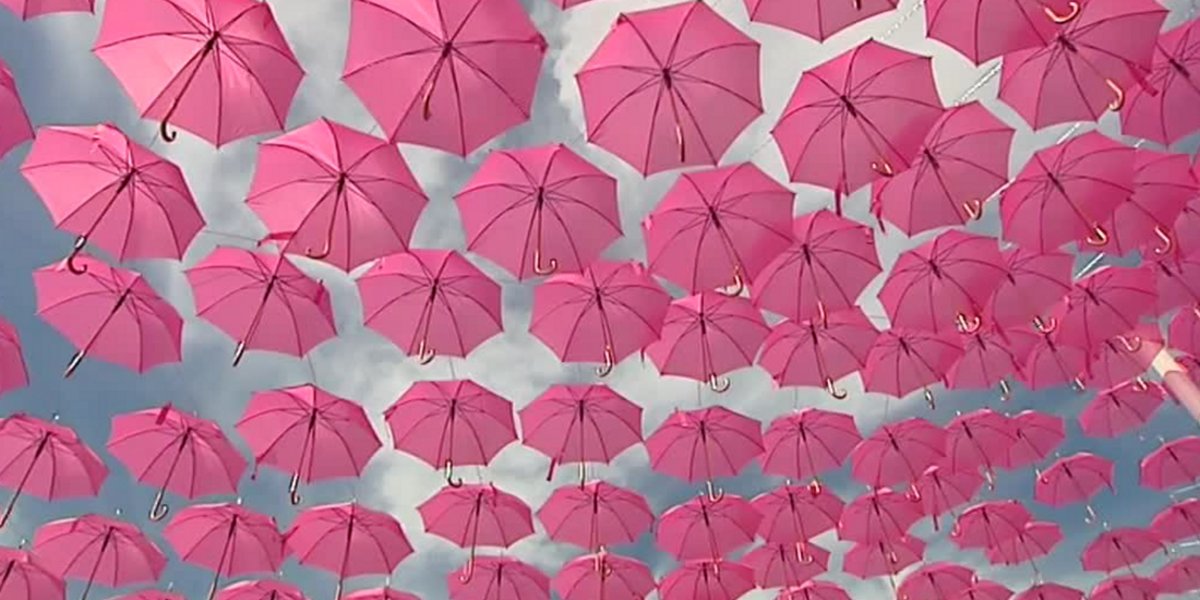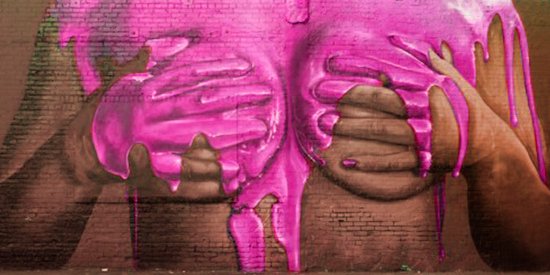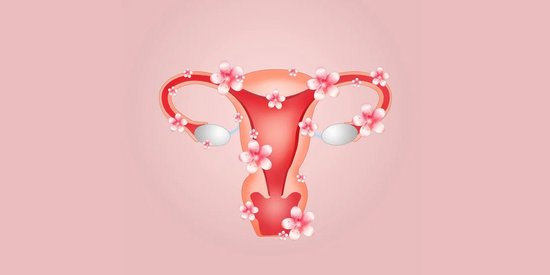As is the case every year, for the occasion of the launch of the month of Pink October, the Eiffel Tower is adorned with its best glittering finery, in shades of pink. Throughout the month of October, initiatives multiply in order to raise public awareness and promote the early detection of breast cancer, to help fight against it.
This year's theme is the 30th anniversary of the creation of the pink ribbon. It is nevertheless a magnificent tribute to Evelyn H. Lauder, perhaps the most impressive co-creator of the world-renowned symbol of the fight against breast cancer. With 60,000 new cases per year in France alone and over 300,000 in the USA, the 30th information campaign concerning early detection is a great opportunity to raise awareness. As a reminder, in most countries, breast screening must be done every two years, from the age of 50 onwards.
In a few numbers
1 in 8 women is at risk of developing breast cancer. Each year in the USA, there are over 300,000 new cases and around 43000 deaths.
It is the primary cancer in women, but if detected at an early stage, the recovery rate after 5 years is 90%.
In 2020, 2.3 million people were diagnosed with breast cancer worldwide. Breast cancer has no age limit and can touch women from the ages of 25 to 85. This is why the Pink October campaign aims to put the realities of living with the disease into words, and to emphasise the importance of early detection. Breast cancer remains the leading cause of cancer deaths in women. Its detection is a major public health issue.
The history:
October is known worldwide as the month in which actions related to the prevention and early diagnosis of breast cancer take place. The movement, known as Pink October, has been celebrated every year since the 1990s.
October is the month in which individuals, institutions, NGOs, companies and monuments adopt the color pink, to give power to the campaign of prevention and the awareness of early diagnosis. As part of the Pink October campaign, many initiatives and events in favor of medical and scientific research on breast cancer take place.
The fight against breast cancer is gaining momentum each year, especially among the major brands, Pink October is an important moment to strengthen support for all those affected by breast cancer.
Screening, how does it work?
If you are between 40 and 74 years old and have no symptoms or risk factors other than your age, a mammogram, supplemented if necessary, by an ultrasound, is recommended in many countries. The period between the mammograms depends on where you are, some countries recommend this is done every year and some others every two years and this is also age-dependant. In some countries, more recent technologies such as thermal screening are also on offer.
While breast cancer can occur at any age, it most commonly affects women after the menopause.
Breast cancer screening is often based on:
- A mammogram.
- A clinical breast examination.
- Possibly, other examinations.
“Make an appointment with your breasts!”
Every year, go to your doctor, your gynaecologist or your midwife.
What are the factors that increase the risk?
- Age: in fact, almost 80% of breast cancers develop after the age of 50.
- Our lifestyles: tobacco, alcohol, lack of physical activity, an unbalanced or unbalanced diet… Increases the risk of cancer, including breast cancer.
- History: genetic screening for people who have been identified as "high risk".
- Early periods.
- Late menopause.
- Absence of pregnancy.
- Pregnancy after the age of 35.
- Hormonal treatments for menopause.
Signs that can alert
Do not hesitate to consult the doctor or gynaecologist if you notice:
- Appearance of a lump or lumps in a breast or under the armpit.
- Redness, an irregular "orange peel" appearance of the skin of the breasts.
- Nipple retraction.
- Pain or abnormal discharge.
Pink Ribbon development
The pink ribbon was originally distributed by a lady called Charlotte Haley, who had herself suffered from breast cancer. Actually, the ribbon was more of a peach colour than the pink we know today. She attached them to cards on which were written The National Cancer Institute’s annual budget is 1.8 billion US dollars, and only 5 percent goes to cancer prevention. Help us wake up our legislators and America by wearing this ribbon.”
Haley distributed the ribbons by hand and also wrote to various influencers of the time. The basis for this idea was taken up by a magazine, who decided to use the current pink color for their portrayal of the ribbon instead.
The distribution of the concept of the pink ribbon actually happened in gradual stages. The pink ribbon is now universally well-known, but beware, many marketing campaigns promoting the pink ribbon do not necessarily give a cent to breast cancer charities! A good example of a company that does is Estee Lauder, who has distributed over 70 million pink ribbons and given over $25 million to breast cancer research.
Estee Lauder got on board very early. In 1994, Estee Lauder Companies France and Marie Claire magazine co-founded the monthly breast cancer awareness campaign, called “Breast Cancer, let’s talk about it!". An association was created in 2003 and then renamed Ruban Rose (Pink Ribbon) in 2020. The mission of the Pink Ribbon association is to inform as many people as possible about the importance of early detection and regular medical follow-up.
For more information see https://www.cdc.gov/cancer/
Together, let's fight against breast cancer.
Together we are stronger.









